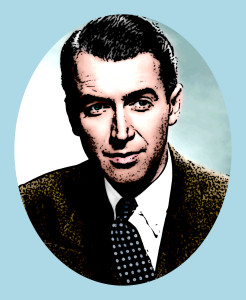JavaScript SDK
Last updated: Apr-02-2024
This page provides an in-depth introduction to the JavaScript SDK.
Overview
Cloudinary's JavaScript SDK provides simple, yet comprehensive image and video transformation, optimization, and delivery capabilities that you can implement using code that integrates seamlessly with your existing JavaScript or JS-based framework application.
js-url-gen frontend library. For the backend Node.js library, which also covers upload and admin functionality, see the Node.js documentation.Quick example
This example shows a transformation URL being created using the @cloudinary/url-gen package.
This code creates the HTML required to deliver the front_face.jpg image with the sepia effect applied.
You can apply more than one transformation at a time (see chained transformations) to give more interesting results:
- Crop to a 150x150 thumbnail using face-detection gravity to automatically determine the location for the crop
- Round the corners with a 20 pixel radius
- Apply a sepia effect
- Overlay the Cloudinary logo on the southeast corner of the image (with a slight offset). The logo is scaled down to a 50 pixel width, with increased brightness and partial transparency (opacity = 60%)
- Rotate the resulting image (including the overlay) by 10 degrees
- Convert and deliver the image in PNG format (the originally uploaded image was a JPG)
There are alternative ways to apply transformations to your images, for example:
- See all possible transformations in the Transformation URL API reference.
- See all JavaScript transformation actions and qualifiers in the Transformation Builder reference.
- See more examples of image and video transformations using the
js-url-gen v1.xlibrary.
Get started with the JavaScript SDK
If you're using a frontend framework, jump straight to the relevant Get started docs:
If you're using JavaScript without one of the above frameworks, follow the instructions in the next sections for installation and setup.
JavaScript SDK installation and configuration video tutorial
Watch this video tutorial to see how to install and configure the JavaScript SDK:
Installation
Install the @cloudinary/url-gen package using the NPM package manager:
Configuration
You can specify the configuration parameters that are used to create the delivery URLs, either using a Cloudinary instance or per image/video instance.
camelCase, for example cloudName.Cloudinary instance configuration
If you want to use the same configuration to deliver all your media assets, it's best to set up the configuration through a Cloudinary instance, for example:
You can set other configuration parameters related to your cloud and URL as required, for example, if you have your own custom domain name, and want to generate a secure URL (HTTPS):
Asset instance configuration
If you need to specify different configurations to deliver your media assets, you can specify the configuration per image/video instance, for example:
Build environments
Some build environments require additional configuration:
-
Rollup + Vanilla JS: install and use
@rollup/node-resolve. -
Next.js + Vanilla JS: install and use
moxystudio/next-compile-node-modules(or some other similar solution). -
TypeScript + Webpack: set
"moduleResolution": "node"in the TSConfig file.
Transformations
The @cloudinary/url-gen package simplifies the generation of transformation URLs, and includes special components and directives for easy embedding of assets in your JavaScript application.
The @cloudinary/url-gen package installs an additional transformation-builder-sdk library as a dependency, which handles the transformation generation part of the URL.
You can use the Transformation Builder reference to find all available transformations, syntax and examples.
To find out more about transforming your assets using the @cloudinary/url-gen package, see:
Plugins
The @cloudinary/html package from frontend-frameworks provides plugins to render the media on your site in the optimal way and improve your user's experience by automating media tasks like lazy loading, responsive images and more.
Sample projects
Try out the examples in these code explorers and projects:
 Programmable Media
Programmable Media
 Digital Asset Management
Digital Asset Management

